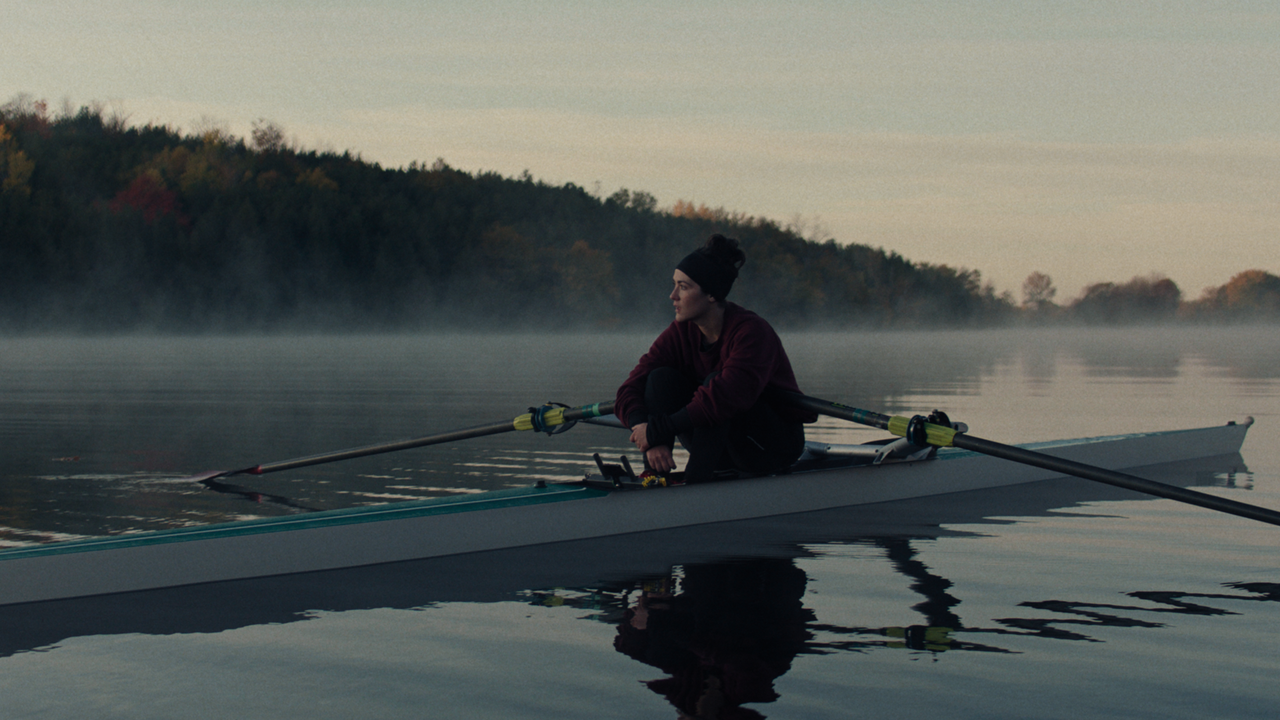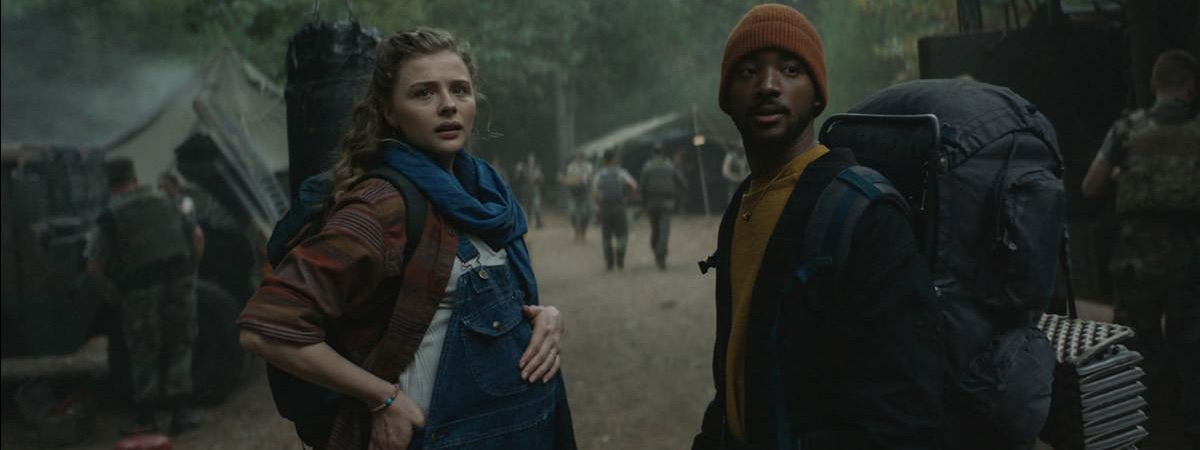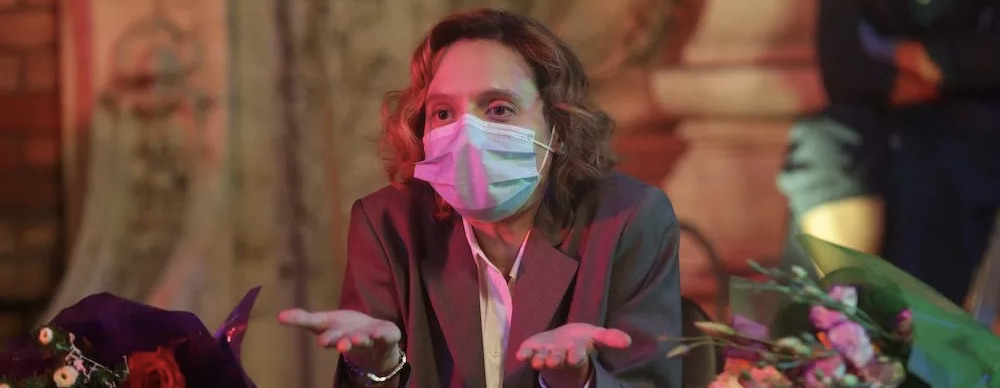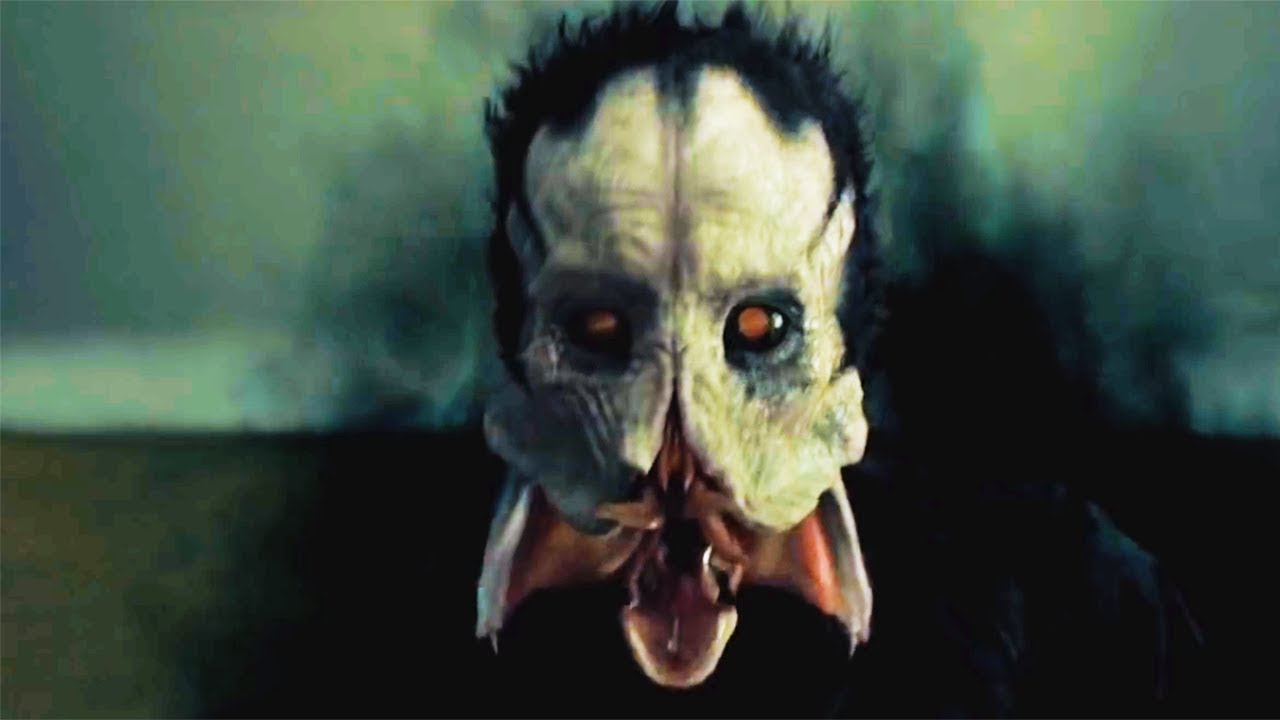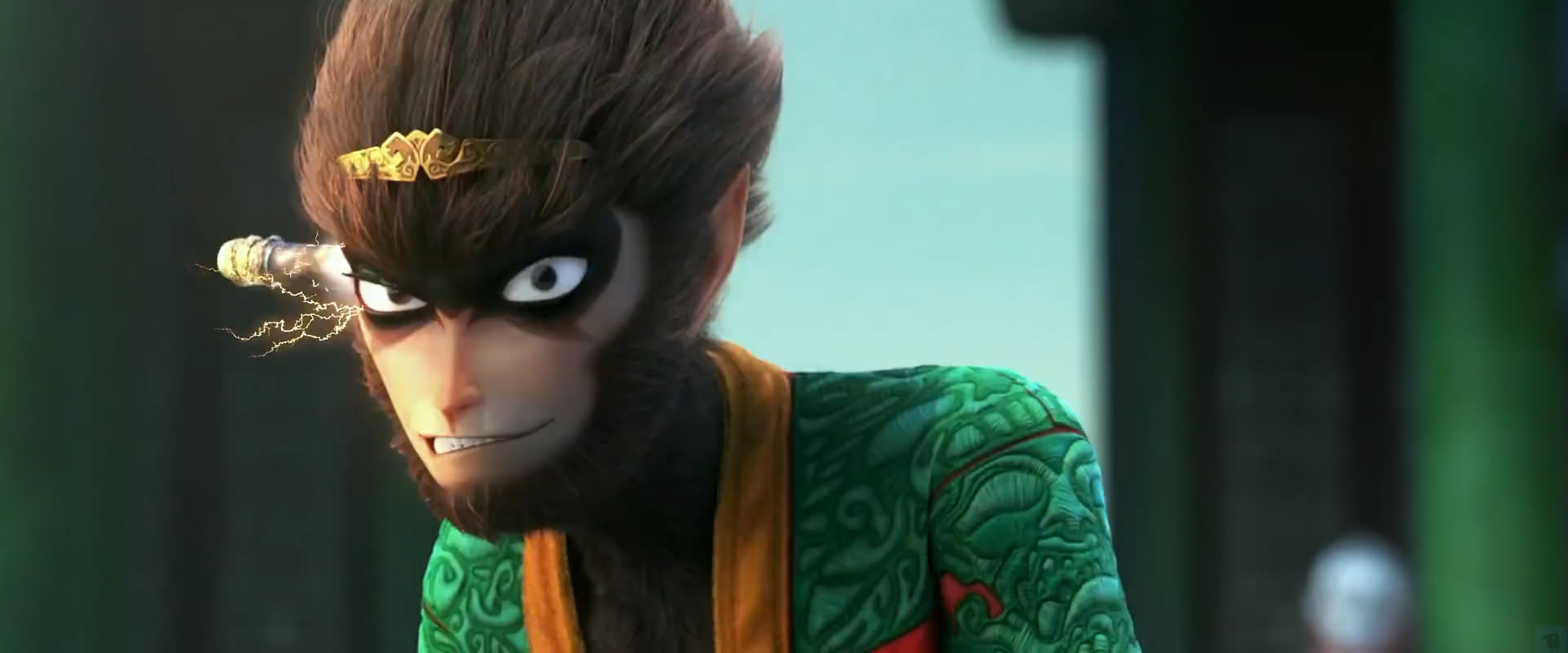The Matrix Resurrections
by Hope Madden
December is the month for outrage on the big screen. Whether Adam McKay’s latest blistering comedy Don’t Look Up, Radu Jude’s audacious indictment Bad Luck Banging or Loony Porn, or Lana Wachowski’s return to the power grid that made her famous, movies this December are really, really angry.
And who can blame them?
As the filmmaker resurrects her Matrix series, Wachowski makes sure to point out just how prescient her pleather & action groundbreakers really were.
Back in ’99, Thomas Anderson (Keanu Reeves) had to make a choice. He woke up to the fact that reality itself was harsh and inconvenient and you couldn’t just say what you wanted to hear and convince others that was reality. In 2021, Thomas Anderson is a rich video game designer living in a reality where people insist that their own narratives are the truth regardless of the facts.
Anderson’s story involves, once again, waking up to harsh truth and finding true love. There are battles, action sequences, grudges and nostalgia aplenty—more than enough to delight fans of the trilogy looking for a little pandering.
But that plot, slight as it is, creates a frame on which Wachowski can hang a lot of indignation. The strange synergy between the logical evolution of Anderson/Neo’s story and Wachowski’s rage is what makes The Matrix Resurrection strangely satisfying.
Take Act 1’s monologue from Anderson’s video game business partner (Hamilton‘s Jonathan Groff, priceless) as to why they have to make another Matrix video game: Warner Brothers wants a sequel to the trilogy and they own the rights and will make it with or without us.
That’s not an explanation about Wachowski’s return to the cinematic franchise she thought she put to bed in 2003, it’s dialog. Well, it’s both.
Her film goes on to reiterate the danger in a false world. “If we don’t know what’s real, how do we resist?”
Most often she uses a diabolically smug Neil Patrick Harris to voice her wrath, but again, the context she created about living in two realities could not possibly lend itself better to this treatment.
The film looks good. It’s too long, but all of them are. (All of the Matrix films, or all films in general? Both.) The action doesn’t entirely live up to the originals, but how could it? Carrie-Anne Moss is still a force of nature, Reeves is better at being confused than any actor working today, and the balance of new faces, old faces, and younger replacements for familiar faces works.
Resurrections hits a level of meta that risks alienating core Matrix fans, but whether Wachowski wins on her own terms with a box office success or she sinks her franchise into obscurity with a bomb, there’s little doubt she’s the one making the choices here.




